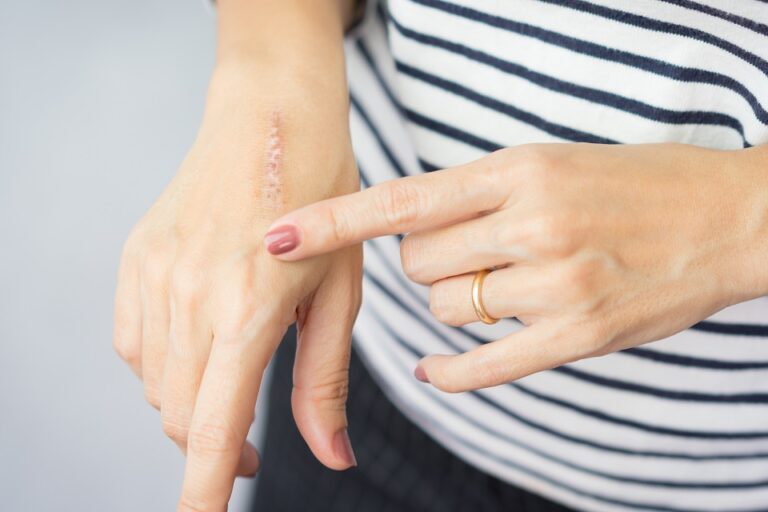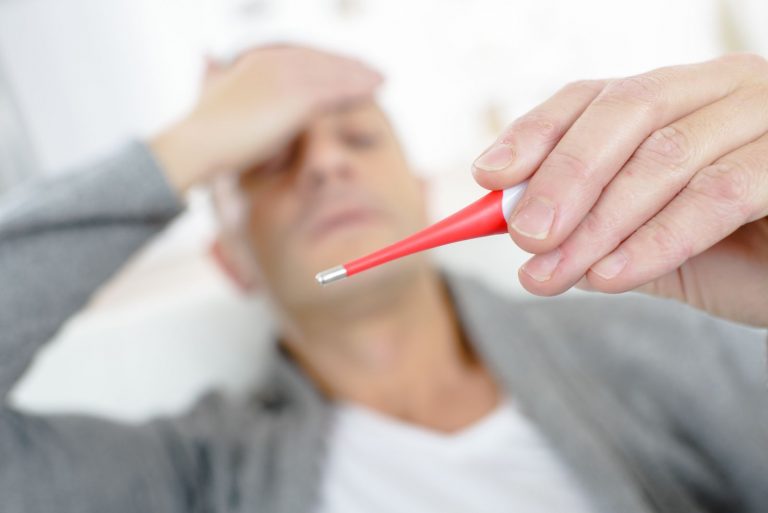
Apart from the wearing of masks to minimize surface to face contact, how else can we reduce this habitual practice?
Michael Hallsworth, a behavioural scientist at Columbia University, believes that because this habit usually happens on a subconscious level it would be hard to encourage people to stop.
“Telling people to do something that happens unconsciously is a classic problem,” he says. “It’s much easier to have people washing their hands more often than to have them touching their face fewer times. You won’t have success if you just say ‘Do not do an unconscious thing’ to someone.”
Hallsworth says there are some techniques that can remind people to stop touching their faces so frequently, one of them is to try and be more aware of how many times you touch your own face on any given day. Wearing glasses and a mask may help to deter people from touching their faces.
“When it is a physical need like an itch, for example, we can build a substitute behaviour,” he says. “Use the back of the arm. You reduce the risk, even if it’s not an ideal solution.” He also recommends trying to figure out why we are touching our faces in given situations.
“If we recognise situations that trigger the touching, we can act upon them,” says Hallsworth. “People who touch their eyes can wear sunglasses. Or just sit on their hands when they feel the touching could happen.”
“Notes to self” reminding not to touch the face can also be helpful.
Other techniques we resort to help reduce surface to face contact is to find things to keep your hands busy, like stress balls. However, this does increase the number of surfaces we are touching so it is recommended to repeatedly disinfect these surfaces.

























